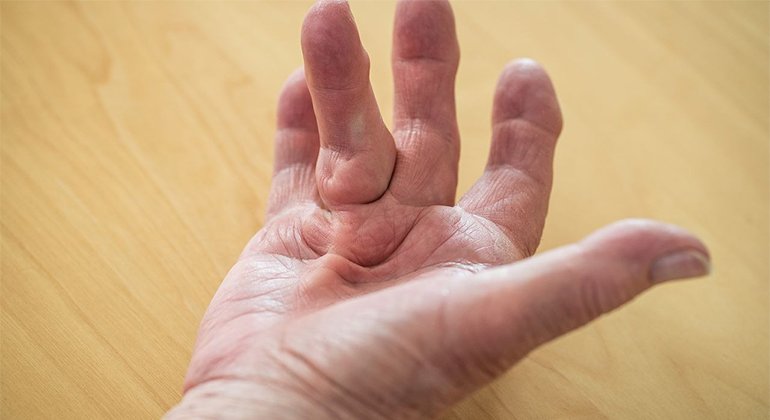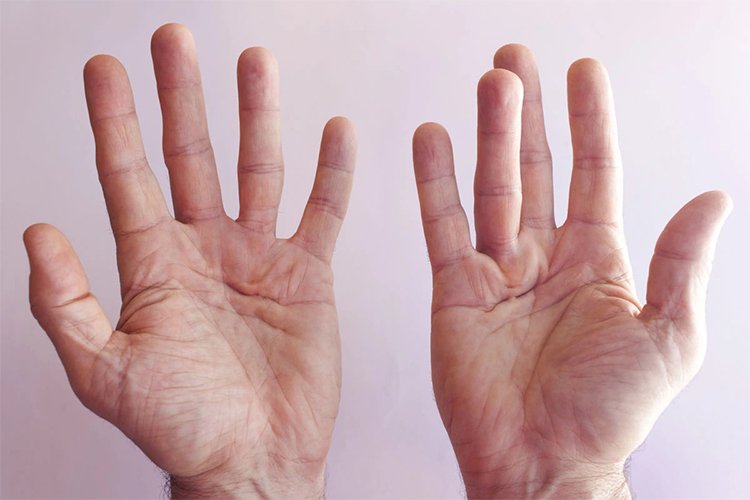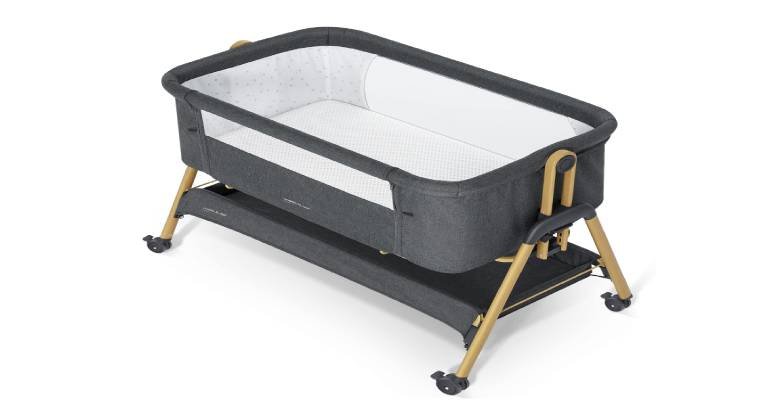- Beauty & Skincare
- Fashion
- Food And Drinks
- Health & Care
- Home & Garden
- LifestyleExplore stories and advice on living your best life. From personal growth to entertainment, dive into the latest in lifestyle trends and inspiration.
- Travel
- Beauty & Skincare
- Fashion
- Food And Drinks
- Health & Care
- Home & Garden
- LifestyleExplore stories and advice on living your best life. From personal growth to entertainment, dive into the latest in lifestyle trends and inspiration.
- Travel
Now Reading: Dupuytren’s Contracture of the Hand
-
01
Dupuytren’s Contracture of the Hand
- Beauty & Skincare//
- Fashion//
- Food And Drinks//
- Health & Care//
- Home & Garden//
- Lifestyle//Explore stories and advice on living your best life. From personal growth to entertainment, dive into the latest in lifestyle trends and inspiration.
- Travel//
- Home
- Health & Care
- Dupuytren’s Contracture of the Hand
Dupuytren’s Contracture of the Hand
SahilHealth & Care1 year ago29 Views

One of the more unusual conditions of the hands and fingers is Dupuytren’s contracture (also called Dupuytren’s disease). This is a condition in which one or more fingers are bent, which can make it difficult to pick up or hold objects or perform everyday activities.
Legend has it that the condition originated with the Vikings in Northern Europe, although this is disputed. It was later named after the 19th-century French surgeon Guillaume Dupuytren, who performed the first successful operation for the condition. In the 21st century, Dupuytren’s contracture now affects about one in 20 Americans.
What is Dupuytren's contracture?
The fascia is a layer of fibrous tissue beneath the skin of the fingers and palm. In Dupuytren’s contracture, this tissue becomes thickened and shortened.
This thickened area begins as a hard lump called a nodule. Over the course of years or decades, this can develop into a thick band called a cord, which causes one or more fingers to curve toward the palm and become stuck in a bent position. This can make it difficult to grasp objects, button clothing, use a computer, or perform other everyday tasks.
The condition does not always get progressively worse. It may remain stable for years or even improve in some people.

Which fingers are most likely to be affected?
The ring finger and pinky finger are most commonly affected, but the condition can affect all fingers and the thumb.
“In about half of cases, the condition can affect both hands,” says Phillip Blazar, MD, an orthopedic surgeon and division chief of hand and upper arm surgery at Harvard-affiliated Brigham and Women’s Hospital. Fortunately, it rarely causes pain.
What causes Dupuytren's contracture?
Currently, the cause is unclear. Still, several factors can increase a person’s risk, such as: B.
Genetics: This condition is more common in people of Northern European, British or Scandinavian descent.
Gender: Men are more commonly affected than women.
Age: The condition often occurs after age 50.
Family history of the disease.
People with diabetes and seizure disorders are also more likely to have Dupuytren’s contracture. The condition can occur and/or worsen after hand trauma.
How is Dupuytren's contracture treated?
Although there is no cure, treatments and occupational or physical therapy can help relieve symptoms and improve finger mobility. “Many people with mild cases of Dupuytren’s find that it barely affects their ability to use their hands,” says Dr. Blazar.

Moderate or severe cases, however, can affect hand function. It is possible to restore normal finger movement with nonsurgical treatments, such as:
Collagenase injection. This procedure is performed in the doctor’s office. An enzyme called collagenase is injected into the tendons of your hand, breaking down and dissolving the thickened tissue. At a follow-up appointment, your doctor will give you a local anesthetic and then sever the cords by manipulating and stretching your fingers in the direction they can’t move.
Needle aponeurotomy. This outpatient procedure involves passing a hypodermic needle back and forth through the restrictive cords to weaken and sever them.
“Your hand surgeon will discuss both treatment options to determine which is best for your situation,” says Dr. Blazar. “There are also some anatomical differences in the disease that may make one treatment or the other less favorable for a particular person or finger.” Neither treatment removes the cords, and the condition may recur, requiring additional treatment.
What about surgical treatment?
If nonsurgical treatment does not relieve symptoms or you have a severe condition, surgery may be recommended. Surgical procedures include:
Fasciotomy. An incision is made in the palm of your hand to divide the thickened tissue in the spinal cord.
Subtotal palmar fasciectomy. A zigzag incision is made along the creases of the hand to remove the abnormal tissue and spinal cord. Occasionally, a skin graft may be needed to help the wound heal.
During recovery, you will wear a splint on the repaired hand. Patients can expect pain, stiffness and swelling afterward. The length of recovery varies from person to person and also depends on how many and which fingers were operated on.
“Most people largely recover after three months, but some may not feel fully recovered for much longer,” says Dr. Blazar. Hand therapists can also help with strength and flexibility exercises to speed recovery.
Most people’s fingers move better after surgery. However, as with non-surgical treatments, the contracture can recur and some patients may require further surgery at a later date.

























